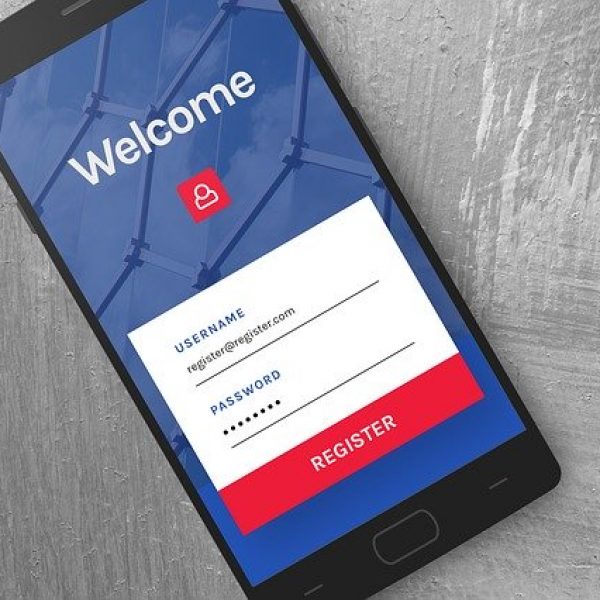Great teams aren’t built in isolation. The best-performing organisations know that collaboration between departments is what transforms strategy into action and challenges into progress. But effective business partnering isn’t just about sharing information or attending cross-functional meetings. It’s about building real relationships, aligning on outcomes, and working with purpose across the business.
If you want stronger communication, clearer direction, and real results across your internal teams, these five reminders will help you shape business partnering that actually works.
1. You’re Not Just Sharing Information; You’re Building Sustainable Relationships
Transactional work rarely delivers transformational outcomes. Too often, teams engage only when they have to; exchanging updates, reporting figures, or waiting for sign-off.
But true partnering means getting to know the people behind the process.
- What pressures are they facing?
- What do they need from you to succeed?
- How can you show up as a trusted collaborator, not just a colleague?
- What does success look like for them?
This is where trust is built. When people feel seen, heard, and understood, they’re more likely to engage openly, work flexibly, and contribute fully.
Reminder: Partnership isn’t a checklist; it’s a relationship built slowly, over time and consistently. Prioritise human connection.
2. Clarity of Purpose Creates Stronger Alignment
It’s easy to assume that everyone’s working toward the same goal. The absence of communication, people make stuff up! Assumptions can lead to misalignment, missed deadlines, and mismatched expectations.
Start each partnership with a shared understanding of:
- The outcomes you’re aiming to achieve
- What success looks like and importantly, how it’ll be measured
- Who is responsible for what, and when
When roles are clear and goals are defined, momentum builds quickly, and confusion is replaced by confidence.
Reminder: Alignment needs maintenance. Don’t set and forget; check in regularly and with purpose.
3. Not All Tension Is Bad; Embrace Constructive Challenge
Disagreement can be uncomfortable, but it’s often a sign of engagement. When teams ask questions, offer alternatives, or highlight risks, they’re showing they care about the outcome.
Effective business partners:
- Invite different views
- Stay open to feedback
- Separate the idea from the individual
- Start with compassion, regardless of what is on the line
This doesn’t mean conflict for the sake of it. It means creating a safe space where healthy tension drives better thinking. This can only be achieved when there is trust and empathy.
Reminder: Growth doesn’t happen in echo chambers. Welcome, thoughtful pushback.
4. Tailor Your Communication Style for the Audience
Everyone processes information differently. What makes perfect sense to a finance lead might not resonate with someone in operations or HR. Strong partners know how to tailor their message based on the audience and their needs.
Try:
- Framing messages in terms of impact; what does this mean for their team?
- Using plain language, leave out the jargon
- Asking questions to check for understanding, not just agreement
- If you don’t know the answer or solution to a problem; say so. Don’t pretend to have the answer. Demonstrating openness in these situations, demonstrates great self-awareness and confidence.
Effective communication is a two-way street, and being adaptable makes you easier to work with.
Reminder: Speak their language. Make it easy for others to engage.
5. Great Partners Grow Together
Business partnering is a two-way investment. Beyond the project or problem, it’s also a chance to build mutual capability.
The best partnerships involve:
- Learning how other teams operate
- Sharing tools, insights or methods that improve collective performance
- Reflecting after collaboration – what worked, what didn’t, and what could be done better next time?
These shared growth moments help departments move from co-existence to co-creation – and that’s where the real value lies.
Reminder: Partnership isn’t just about what you deliver – it’s also about how you evolve together.
Bonus Reminder: Partnerships Thrive When Leaders Role Model the Behaviour
Effective business partnering doesn’t happen in isolation, it’s modelled from the top. When leaders visibly prioritise collaboration, support cross-functional problem-solving, and demonstrate openness to other departments, it sets the tone for the rest of the organisation.
You can’t expect teams to work in silos Monday through Thursday and suddenly “partner” on Friday. This requires extra effort and planning when you have hybrid workplace arrangements.
Embedding partnership into the culture means:
- Leaders are inviting other departments into decision-making early
- Senior managers acknowledge shared wins across teams
- Encouraging vulnerability – asking for input rather than pretending to have all the answers
When leaders show what a good partnership looks like, others follow. It becomes not just a way of working, but a workplace norm.
Reminder: Business partnering starts with leadership. Influence the culture by modelling collaboration at every level.
Final Thoughts: Lead With Intent, Collaborate With Purpose
Effective business partnering isn’t a “nice to have”, it’s a core capability that underpins high-performing organisations. When we say “effective”, we mean business partnering that has a strong focus on shared goals, trust and empathy. And it’s about turning collaboration into results; without the confusion, silos or friction that can hold teams back.
By keeping these five reminders front of mind, you’ll help create an environment where departments connect meaningfully, solve problems faster, and achieve more together.
Learn how organisations are embedding real collaboration across their teams with the support of Impactology.

